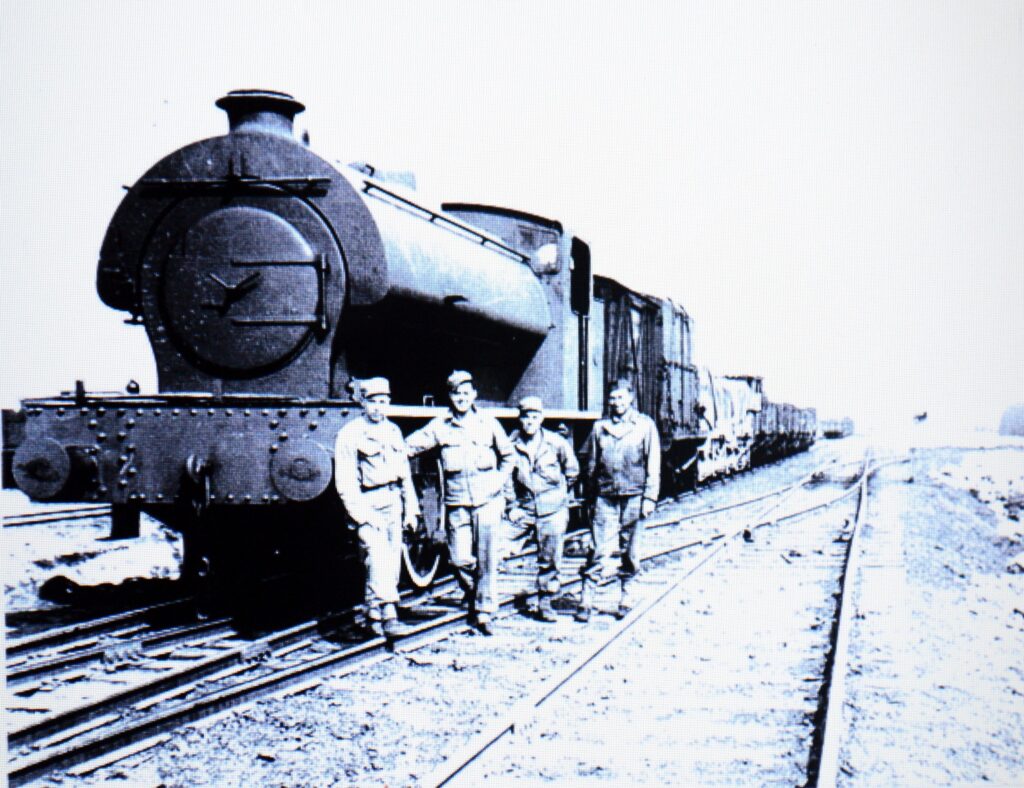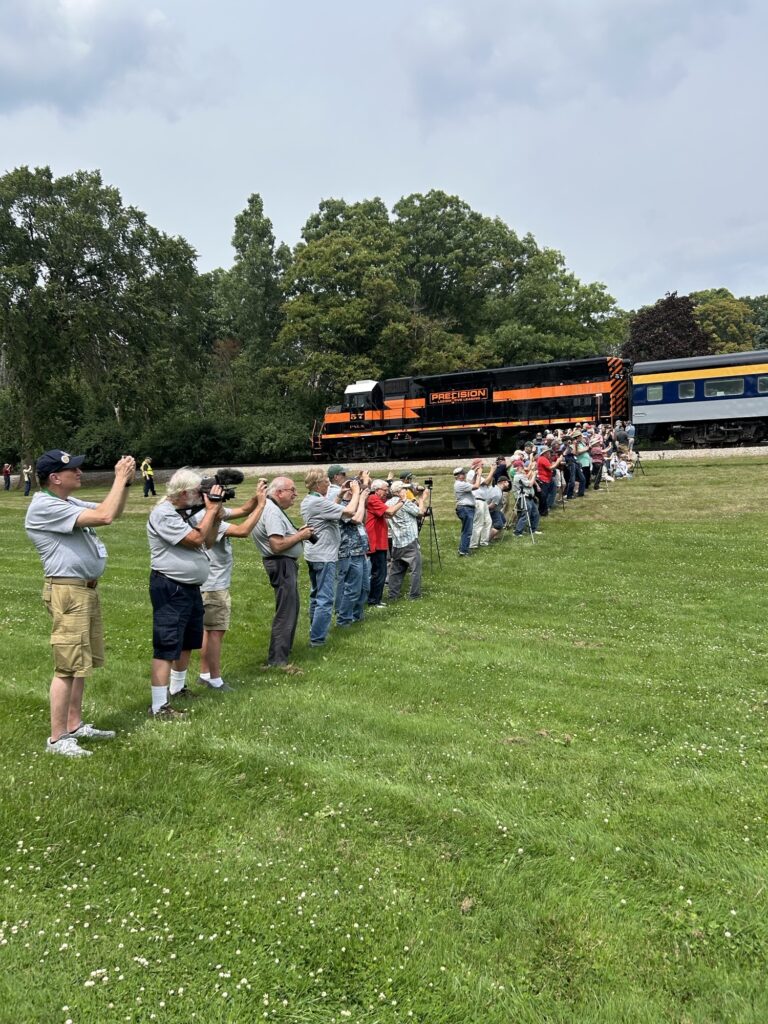World War I: Troop and Passenger Movement by Railroads
As the world plunged into the chaos of World War I, the movement of troops became a logistical challenge of monumental proportions. Railroads, the lifelines of nations, emerged as the unsung heroes in this great mobilization effort.
From August 1917 through December, railroads across the nation successfully moved a staggering 1,867,248 men to training camps and ports of embarkation. One-third of these soldiers required overnight accommodations on sleepers provided by Pullman, underscoring the vast scale and coordination needed for such an operation.
A glimpse into the past through images like the First Contingent of Soldiers at the University of Kentucky, and World War I soldier at Camp Zachary Taylor in Kentucky, paints a vivid picture of the brave men heading to the front lines and the role of railroads in facilitating their journeys.
The Five Phases of Movement:
-
- Phase 1 (May 1917): The initial movement involved transporting 25,000 officers and soldiers to various camps, eventually leading to Hoboken, New Jersey, a crucial port of embarkation for U.S. troops.
- Phase 2: Following this, 343,000 National Guard troops were moved to various training camps, showcasing the diverse destinations that required rail connections.
- Phase 3: The movement of selective service men from their homes to training camps began, initially via regular passenger trains. However, as the draft went into full swing, special trains became the norm, carrying men and supplies to training facilities.
- Phase 4: With 4,581 points where drafted men reported for service, troop trains, often lengthy with 14 or 15 cars, became a common sight. The movement peaked at a staggering 50,000 men per day and over 400,000 per month.
- Phase 5: The final phase involved moving troops from camps to ports of embarkation. Railroads played a crucial role in transporting 2,175,000 men from May 1917 until Armistice Day in November 1918. (Armistice Day November 11th)
Within this intricate web of troop movements, L&N Railroad, with its extensive network and strategic locations, played a pivotal role. Troop trains heading to Camp Zachary Taylor in Louisville were notably long, highlighting the efficiency and capacity of the railroad during this critical time.
The movement of troops during World War I was a logistical feat of unprecedented proportions, and railroads like Louisville & Nashville played a central role in its success. As we reflect on the images of soldiers embarking on their journeys and the intricate phases of movement, it becomes clear that the railroads were not just tracks and engines; they were the arteries pumping life into the war effort, connecting the nation in its time of need.
The history and impact of railcars are still and will continue to be recognized at the Historic RailPark and Train Museum. To experience history, book a guided tour of multiple vintage restored railcars and a 2-story museum.












